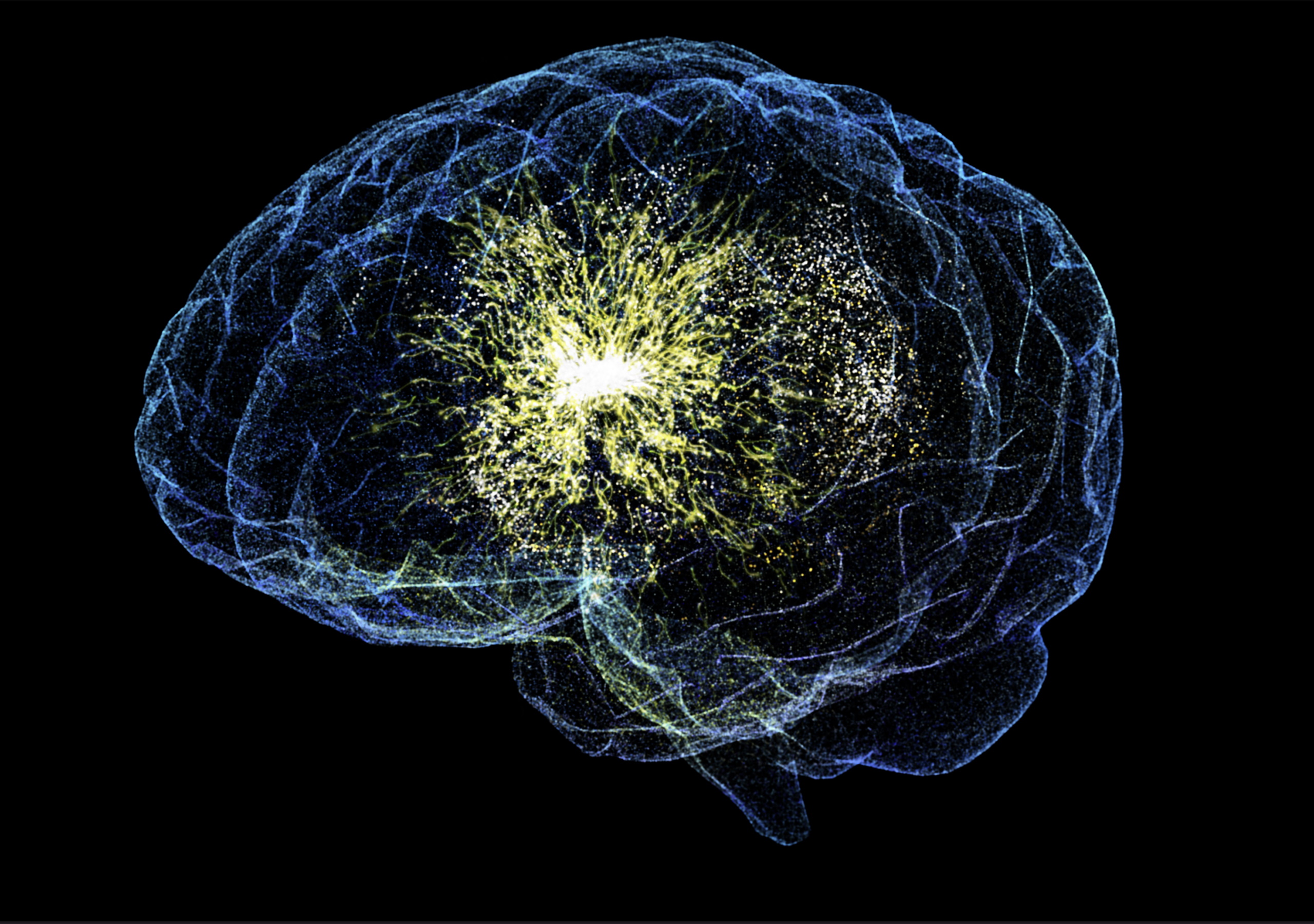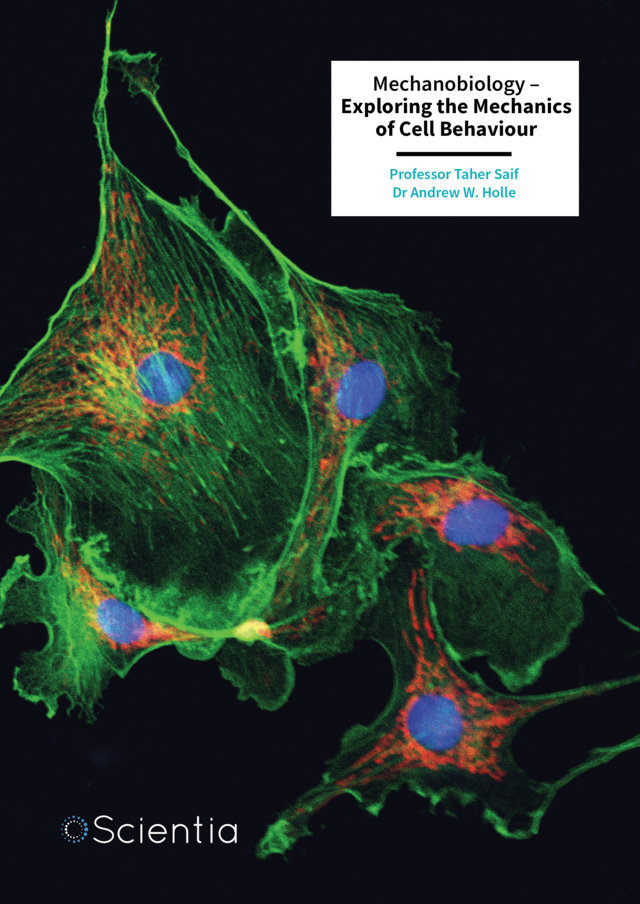Sitting directly over a complex network of fault lines, Haiti is one of the most earthquake-prone nations on Earth. In 2021, the Nippes earthquake became the latest to devastate the country, and today, researchers are still piecing together the timeline of seismic events which unfolded during the earthquake. Through their research, Professor Jeremy Maurer and colleagues at Missouri University of Science and Technology have described how the Nippes earthquake originated, shifted, and ruptured a major fault line, triggering numerous ‘afterslip’ events in the following days. More
On the 14th of August 2021, an earthquake struck the Tiburon Peninsula in the southwest of Haiti. Measuring 7.2 on the moment magnitude scale, the Nippes earthquake caused over 2,000 deaths in the region, disrupted the lives of 800,000 others, and resulted in some 1.6 billion US dollars in economic losses. But on top of its already devastating impact, the event occurred just 11 years after the catastrophic Haiti earthquake of 2010, whose epicentre was just 75 kilometres to the west, close to the Haitian capital of Port-au-Prince.
The reasons why two such catastrophic events occurred so close together, and in such rapid succession, are rooted in the deep seismic complexity of the region. The Tiburon Peninsula sits on the edge of the Gonâve microplate: a section of Earth’s crust which forms part of the boundary between the North American and Caribbean plates.
According to their subsequent analysis of the event, seismologists were able to determine that both earthquakes resulted from a combination of two successive mechanisms. The first of these was a ‘reverse’ fault line slip, where compressive forces pushed one section of the Gonâve microplate up and over another section. Second came a ‘left-lateral’ slip, where the microplate slid horizontally eastwards relative to the Caribbean plate.
Both of these mechanisms occurred along the Enriquillo-Plantain Garden Fault Zone, or EPGFZ: a major system of fault lines which run east-to-west along the southern side of Hispaniola – the island which Haiti shares with the Dominican Republic. Yet beyond this insight, seismologists are still uncertain of the exact sequence of events within the EPGFZ which could have triggered the Nippes earthquake.
Through a combination of satellite observations and advanced modelling techniques, Jeremy Maurer and his colleagues have now constructed a more detailed understanding of the seismic events which unfolded during the Nippes earthquake and its aftermath. Their results further highlight the deep complexity of fault slipping and rupturing along the EPGFZ, and its role in producing Haiti’s animated seismic activity.
To investigate the earthquake’s origins in more detail, the researchers started by analysing data from the ALOS-2 satellite, launched by the Japan Aerospace Exploration Agency, and the Sentinel-1 satellite constellation, launched by the European Space Agency. Both of these missions are equipped with Synthetic Aperture Radar, or SAR systems, which transmit radar waves down to Earth’s surface and measure the phase and magnitude of the signal that gets bounced back to the satellite.
For their study, Maurer’s team used a modified form of this technology named interferometric SAR, or InSAR, which uses two or more SAR images taken over time to detect tiny variations in elevation. This impressive accuracy makes InSAR especially useful for studying earthquakes, which are generally triggered as stress builds up along a fault line, before being released in a sudden slip. This causes the sections of Earth’s crust on either side of the fault line to suddenly move relative to each other.
By analysing InSAR data from both ALOS-2 and Sentinel-1, Maurer’s team created a detailed new model of the fault lines lacing the Tiburon Peninsula, and the shifts which occurred around them both during and for several days after the Nippes earthquake. Crucially, the model enabled them to determine which of the EPGFZ’s fault lines slipped during the earthquake, when the slips occurred, and the changes in elevation they caused.
By comparing their model with previously published seismic data, the researchers could finally piece together a timeline of fault slips for the Nippes earthquake. Their results suggest that the earthquake started out as a reverse slip on the EPGFZ, from which the earthquake moved along the fault to reach a ‘restraining bend’, where the fault line took a sharp curve.
At this point, stress would have built up at the restraining bend, before being suddenly released. Travelling westwards beyond the restraining bend, the earthquake finally ruptured to trigger a left-lateral slip, causing the sections of Earth’s crust on either side of the fault line to slide laterally in opposite directions.
However, this initial sequence of events didn’t tell the whole story. Since the EPGFZ is so complex, the initial Nippes earthquake affected numerous other fault lines in the region. Following the initial earthquake, Maurer’s team observed a significant ‘afterslip’ in their model, involving multiple, ongoing smaller shifts. In this case, the afterslip was almost as large as the earthquake itself, and continued for around four days.
Altogether, the team’s results paint a picture of deep complexity within the fault system responsible for the Nippes earthquake, the 2010 Haiti earthquake, and many others before them. Based on this deeper understanding, they now hope that seismologists will be better placed to understand how faults in the region accommodate large-scale seismic events.
In turn, scientists may now be able to better forecast where future earthquakes may strike Haiti, and better address how the 2010 and 2021 events may be related. Ultimately, these improvements could aid the scientific community in better understanding the causes and drivers of large earthquakes around the world, potentially saving many thousands of lives.







